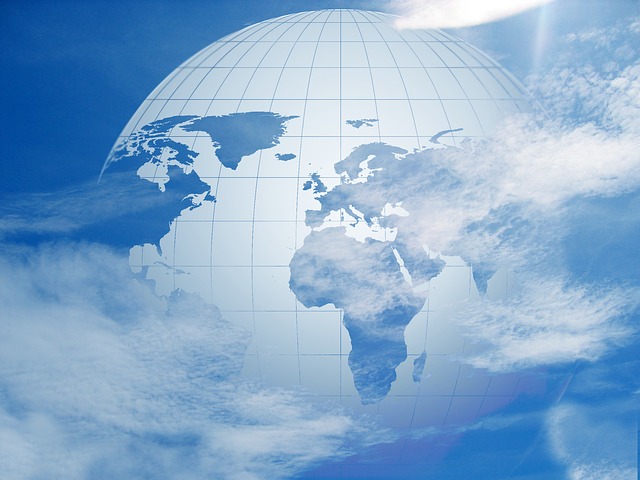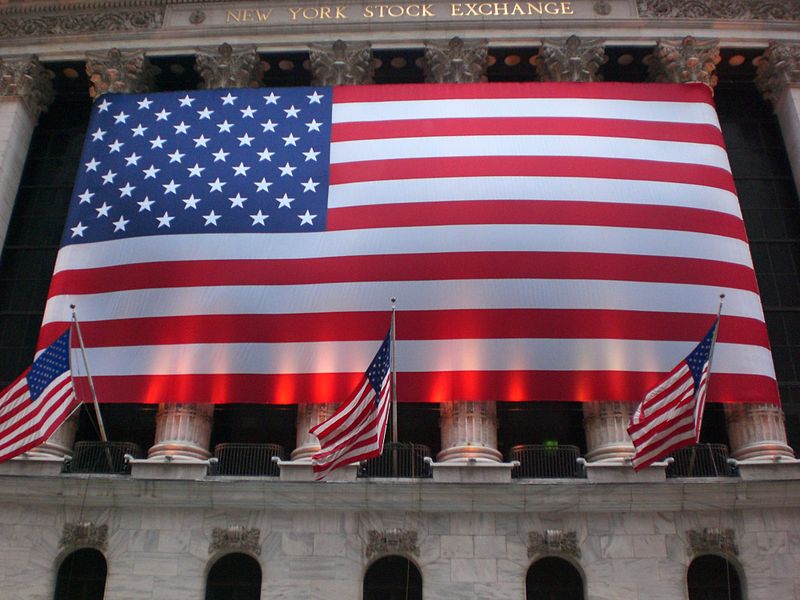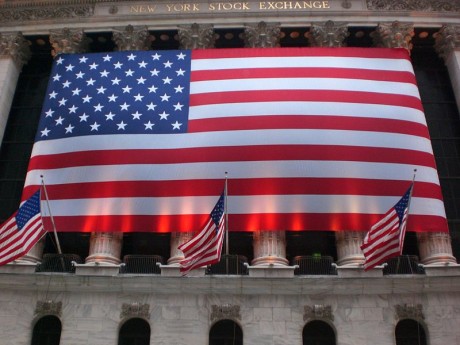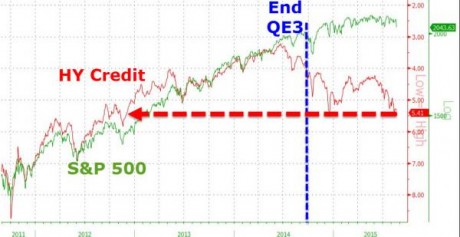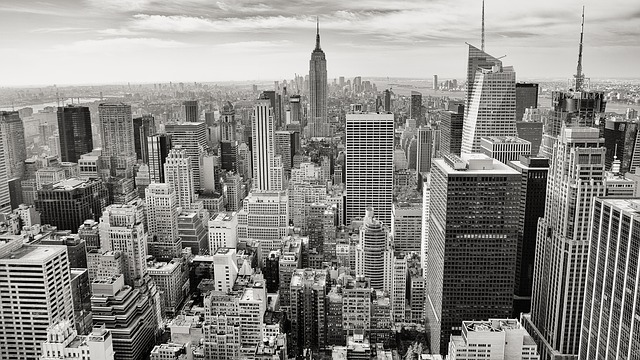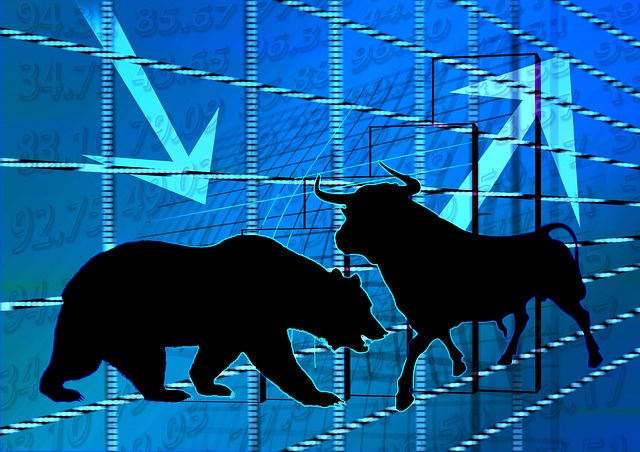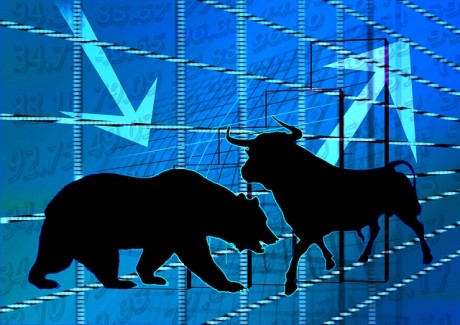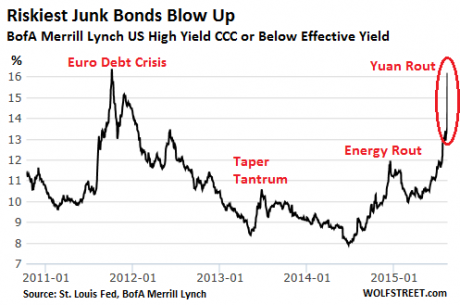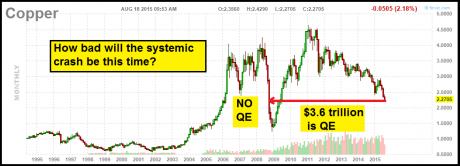 Have you heard of “the global goals”? If you haven’t heard of them by now, rest assured that you will be hearing plenty about them in the days ahead. On September 25th, the United Nations launched a set of 17 ambitious goals that it plans to achieve over the next 15 years. A new website to promote this plan has been established, and you can find it right here. The formal name of this new plan is “the 2030 Agenda“, but those behind it decided that they needed something catchier when promoting these ideas to the general population. The UN has stated that these new “global goals” represent a “new universal Agenda” for humanity. Virtually every nation on the planet has willingly signed on to this new agenda, and you are expected to participate whether you like it or not.
Have you heard of “the global goals”? If you haven’t heard of them by now, rest assured that you will be hearing plenty about them in the days ahead. On September 25th, the United Nations launched a set of 17 ambitious goals that it plans to achieve over the next 15 years. A new website to promote this plan has been established, and you can find it right here. The formal name of this new plan is “the 2030 Agenda“, but those behind it decided that they needed something catchier when promoting these ideas to the general population. The UN has stated that these new “global goals” represent a “new universal Agenda” for humanity. Virtually every nation on the planet has willingly signed on to this new agenda, and you are expected to participate whether you like it or not.
Some of the biggest stars in the entire world have been recruited to promote “the global goals”. Just check out the YouTube video that I have posted below. This is the kind of thing that you would expect from a hardcore religious cult…
If you live in New York City, you are probably aware of the “Global Citizen Festival” that was held in Central Park on Saturday where some of the biggest names in the music industry promoted these new “global goals”. The following is how the New York Daily News described the gathering…
It was a party with a purpose.
A star-studded jamboree and an impassioned plea to end poverty rocked the Great Lawn in Central Park as more than 60,000 fans gathered Saturday for the fourth-annual Global Citizen Festival.
The feel-good event, timed to coincide with the annual gathering of world leaders at the United Nations General Assembly, featured performances by Beyoncé, Pearl Jam, Ed Sheeran and Coldplay.
And it wasn’t just the entertainment industry that was promoting this new UN plan for a united world. Pope Francis traveled to New York to give the address that kicked off the conference where this new agenda was unveiled…
Pope Francis gave his backing to the new development agenda in an address to the U.N. General Assembly before the summit to adopt the 17-point plan opened, calling it “an important sign of hope” at a very troubled time in the Middle East and Africa.
When Danish Prime Minister Lars Rasmussen struck his gavel to approve the development road map, leaders and diplomats from the 193 U.N. member states stood and applauded loudly.
Then, the summit immediately turned to the real business of the three-day meeting — implementation of the goals, which is expected to cost $3.5 trillion to $5 trillion every year until 2030.
Wow.
Okay, so where will the trillions of dollars that are needed to implement these new “global goals” come from?
Let me give you a hint – they are not going to come from the poor nations.
When you read over these “global goals”, many of them sound quite good. After all, who wouldn’t want to “end hunger”? I know that I would like to “end hunger” if I could.
The key is to look behind the language and understand what is really being said. And what is really being said is that the elite want to take their dream of a one world system to the next level.
The following list comes from Truthstream Media, and I think that it does a very good job of translating these new “global goals” into language that we can all understand…
- Goal 1: End poverty in all its forms everywhere
- Translation: Centralized banks, IMF, World Bank, Fed to control all finances, digital one world currency in a cashless society
- Goal 2: End hunger, achieve food security and improved nutrition and promote sustainable agriculture
- Translation: GMO
- Goal 3: Ensure healthy lives and promote well-being for all at all ages
- Translation: Mass vaccination, Codex Alimentarius
- Goal 4: Ensure inclusive and equitable quality education and promote lifelong learning opportunities for all
- Translation: UN propaganda, brainwashing through compulsory education from cradle to grave
- Goal 5: Achieve gender equality and empower all women and girls
- Translation: Population control through forced “Family Planning”
- Goal 6: Ensure availability and sustainable management of water and sanitation for all
- Translation: Privatize all water sources, don’t forget to add fluoride
- Goal 7: Ensure access to affordable, reliable, sustainable and modern energy for all
- Translation: Smart grid with smart meters on everything, peak pricing
- Goal 8: Promote sustained, inclusive and sustainable economic growth, full and productive employment and decent work for all
- Translation: TPP, free trade zones that favor megacorporate interests
- Goal 9: Build resilient infrastructure, promote inclusive and sustainable industrialization and foster innovation
- Translation: Toll roads, push public transit, remove free travel, environmental restrictions
- Goal 10: Reduce inequality within and among countries
- Translation: Even more regional government bureaucracy like a mutant octopus
- Goal 11: Make cities and human settlements inclusive, safe, resilient and sustainable
- Translation: Big brother big data surveillance state
- Goal 12: Ensure sustainable consumption and production patterns
- Translation: Forced austerity
- Goal 13: Take urgent action to combat climate change and its impacts*
- Translation: Cap and Trade, carbon taxes/credits, footprint taxes
- Goal 14: Conserve and sustainably use the oceans, seas and marine resources for sustainable development
- Translation: Environmental restrictions, control all oceans including mineral rights from ocean floors
- Goal 15: Protect, restore and promote sustainable use of terrestrial ecosystems, sustainably manage forests, combat desertification, and halt and reverse land degradation and halt biodiversity loss
- Translation: More environmental restrictions, more controlling resources and mineral rights
- Goal 16: Promote peaceful and inclusive societies for sustainable development, provide access to justice for all and build effective, accountable and inclusive institutions at all levels
- Translation: UN “peacekeeping” missions (ex 1, ex 2), the International Court of (blind) Justice, force people together via fake refugee crises and then mediate with more “UN peacekeeping” when tension breaks out to gain more control over a region, remove 2nd Amendment in USA
- Goal 17: Strengthen the means of implementation and revitalize the global partnership for sustainable development
- Translation: Remove national sovereignty worldwide, promote globalism under the “authority” and bloated, Orwellian bureaucracy of the UN
If you doubt any of this, you can find the official document for this new UN agenda right here. The more you dig into the details, the more you realize just how insidious these “global goals” really are.
The elite want a one world government, a one world economic system and a one world religion. But they are not going to achieve these things by conquest. Rather, they want everyone to sign up for these new systems willingly.
The “global goals” are a template for a united world. To many, the “utopia” that the elite are promising sounds quite promising. But for those that know what time it is, this call for a “united world” is very, very chilling.



